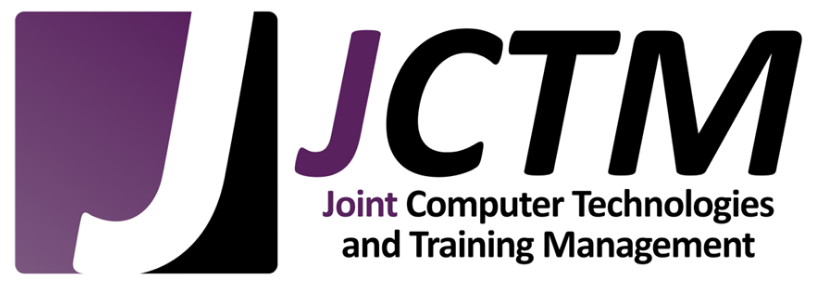The Rise of Multimodal Prompt Engineering
Published on December 9, 2024
Multimodal Prompt Engineering is emerging as a transformative trend in artificial intelligence, fundamentally reshaping how we interact with AI systems. By combining diverse input formats such as text, images, and even audio, multimodal prompts enable AI models to process richer and more context-aware data, paving the way for smarter, more intuitive applications.
What Are Multimodal Prompts?
Multimodal prompts are inputs for large language models (LLMs) that incorporate multiple data formats, such as text and images, allowing the AI to interpret information from multiple sources simultaneously. Unlike traditional single-modal systems, which process one type of data at a time, multimodal prompts unlock a deeper understanding of complex scenarios. For example, Google’s AI solutions illustrate how combining text and image data leads to more nuanced insights, especially in tasks like image recognition or contextual reasoning 1 .
Why Do We Need Multimodal Prompts?
Single-modal systems are often limited by their inability to interpret context that relies on visual or auditory nuances. For instance, a text-based system may misinterpret the tone or miss vital information in scenarios where visual cues are essential, such as analyzing body language or interpreting medical images. Multimodal prompts bridge this gap by allowing AI systems to combine different data streams, leading to more holistic and accurate understanding 2 .
Benefits of Multimodal Prompt Engineering
- Enhanced Contextual Comprehension: By processing textual and visual information simultaneously, multimodal models achieve a richer understanding of context. For example, in e-commerce, a multimodal system could interpret both product descriptions and images to answer nuanced customer questions like, “Is this shirt suitable for winter?” 2 .
- Natural Human-AI Interaction: Integrating speech, text, and visual inputs enables more natural communication between humans and machines. This is particularly valuable in applications like virtual assistants or customer support systems, where understanding tone, gestures, and context is critical for accurate responses 2 .
- Improved Accuracy: Combining multiple data types—such as images, text, and videos—enhances model precision across a range of tasks. For instance, an AI system trained on both textual medical records and imaging data can make more reliable diagnostic predictions than one relying on text alone 2 .
- Expanded Capabilities: Multimodal systems can handle complex tasks requiring diverse data interpretations. From analyzing video content for security purposes to generating creative outputs like illustrated stories, these systems unlock new possibilities in AI-driven innovation[ 2 .
Applications of Multimodal Prompt Engineering
The versatility of multimodal prompts makes them applicable across a wide array of fields:
- Visual Question Answering (VQA): Multimodal models can answer questions about images by combining visual analysis with natural language processing.For instance, they can interpret a photograph and answer, “How many people are in this picture?” 2 .
- Language Translation with Visual Context: By integrating images, multimodal systems improve translation accuracy, especially for ambiguous phrases like “Can you pass the bat?” 2 .
- Image Captioning: AI systems generate descriptive captions for images by combining textual and visual domains to provide contextually accurate and detailed responses 2 .
- Gesture Recognition: In fields like assistive technology, multimodal models play a critical role in interpreting human gestures, making applications such as sign language translation more effective and accessible 2 .
- Video Summarization: Multimodal prompts help summarize lengthy video content by identifying and synthesizing key visual and audio elements, enabling efficient content review and analysis 2 .
Examples of Multimodal Prompts
The potential of multimodal prompts can be illustrated through practical examples:
- Classification Does this image contain a cat? Respond with either true or false. 1 .
- Reasoning and Calculation How much money did we make today total? Explain your reasoning. 1 .
- Object and Context Understanding Which of these would be better for writing on? Which would be better for making into a scarf? 1 .
Future Trends in Multimodal Prompt Engineering
As multimodal prompt engineering evolves, several exciting trends are emerging:
- Automated Prompt Engineering: AI tools are being developed to assist users in crafting optimized prompts. These tools analyze task requirements and suggest ideal prompt structures, reducing the skill barrier for non-experts 4 .
- Continuous Prompt Learning: Multimodal systems are becoming more adept at refining their own prompts based on prior interactions. This iterative improvement allows AI models to evolve and deliver more precise responses over time 4 .
- Integration into Everyday Applications: From virtual assistants to smart home devices and wearables, multimodal prompt engineering is poised to enhance everyday tools with richer capabilities, creating seamless human-computer interaction 4 .
- Enhanced User Interfaces: Efforts are underway to design intuitive interfaces that allow users to create effective multimodal prompts without requiring deep technical knowledge, democratizing access to this powerful technology 5 .
- Interdisciplinary Collaboration: Collaboration across fields like linguistics, psychology, and computer science is becoming critical to designing prompts that align with human cognition and communication patterns 5 .
Multimodal prompt engineering represents a significant leap forward in AI, enabling systems to process and interpret diverse inputs for richer, more accurate interactions. As this field matures, it will unlock unprecedented capabilities across industries, transforming applications in healthcare, education, entertainment, and beyond. By fostering interdisciplinary collaboration and democratizing access, we can harness the full potential of multimodal prompt engineering to create a smarter, more connected future.
References
1 Multimodal text and image prompting | Solutions for Developers: https://developers.google.com/solutions/ai-images
2 What Are Multimodal Models: Benefits, Use Cases and Applications: https://webisoft.com/articles/multimodal-model/
4 The Future Of Prompt Engineering: Trends And Predictions For AI Development: https://bostoninstituteofanalytics.org/blog/the-future-of-prompt-engineering-trends-and-predictions-for-ai-development/
5 Prompt Engineering: Trends to Watch in 2025 - AI GPT Journal: https://aigptjournal.com/explore-ai/ai-prompts/prompt-engineering-trends-2025/
